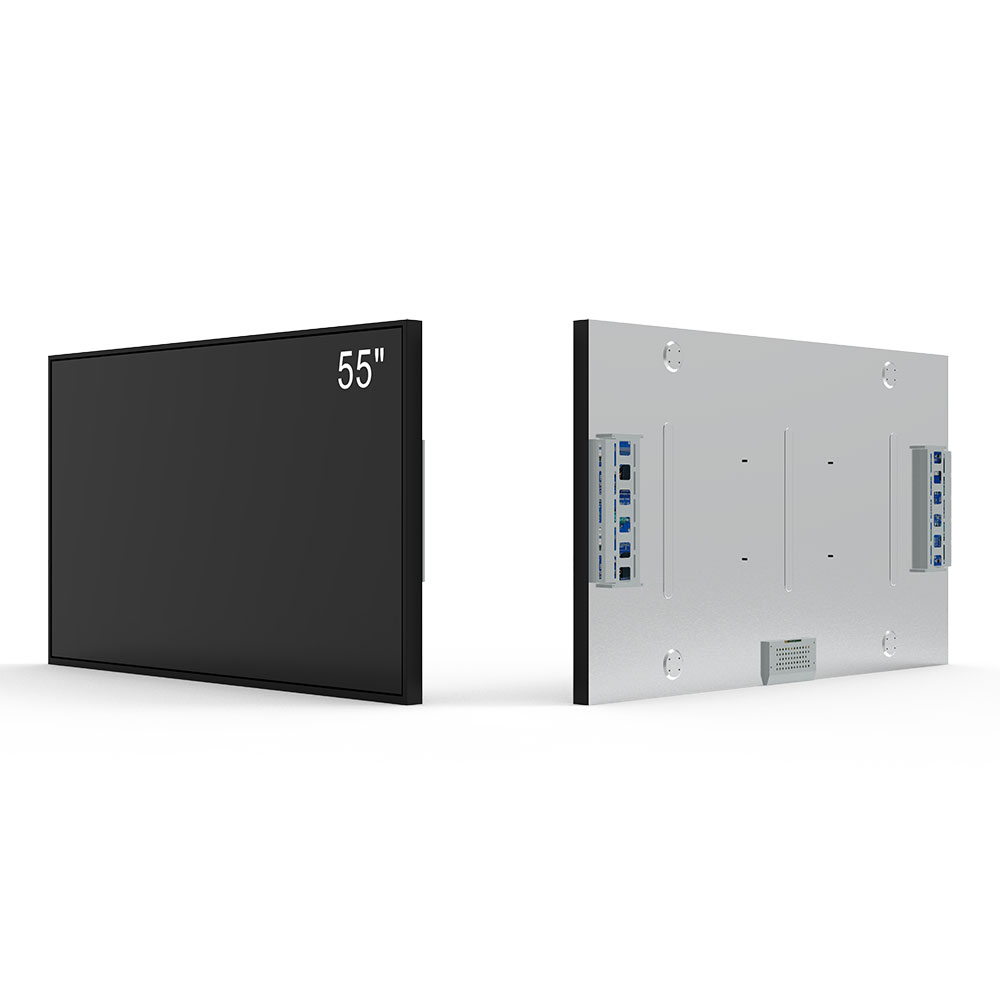When it comes to deploying digital signage in outdoor environments, selecting the right LCD screen is not just a matter of aesthetics—it’s a critical decision that affects performance, durability, and return on investment. Whether you're managing a retail storefront, a transportation hub, or a public information kiosk, an outdoor LCD screen must withstand extreme temperatures, humidity, UV exposure, and physical wear while delivering crisp, vibrant visuals under direct sunlight.
Understanding the Unique Challenges of Outdoor Environments

Unlike indoor displays, outdoor LCD screens operate in conditions that can rapidly degrade standard display technology. According to the International Electrotechnical Commission (IEC) standard IEC 60068-2, outdoor equipment must endure temperature cycles from -30°C to +70°C, with humidity levels exceeding 95% RH. These extremes can cause thermal expansion, condensation, and electrical component failure if not properly addressed. Additionally, UV radiation from sunlight degrades plastic enclosures and anti-glare coatings over time—reducing visibility and lifespan.
A key factor in choosing an outdoor LCD screen is brightness, measured in nits. While indoor monitors typically range from 200–400 nits, outdoor screens must exceed 5,000 nits to remain visible under direct sunlight. Industry benchmarks from the Society of Motion Picture and Television Engineers (SMPTE) confirm that 5,000 nits is the minimum threshold for readability at noon in full sun. For high-visibility applications such as airport terminals or highway billboards, brightness levels of 7,000–10,000 nits are often required.
Key Technical Specifications to Evaluate
1. Display Technology:
- LED-backlit LCDs offer superior brightness and energy efficiency compared to CCFL-backlit models.
- OLED panels provide deeper blacks and wider viewing angles but are less suitable for long-term outdoor use due to faster degradation under UV light.
- Rear-lit LED modules (used in large-format video walls) ensure uniform illumination across wide areas—a critical feature for stadiums or bus stops.
2. IP Rating for Environmental Protection:
The Ingress Protection (IP) rating indicates resistance to dust and water. For outdoor installations, aim for IP65 or higher. IP65 means the unit is dust-tight and protected against water jets from any direction, which is essential for rain, snow, and cleaning routines. Higher ratings like IP68 offer submersion protection up to 1 meter, ideal for coastal or flood-prone zones.
3. Brightness and Contrast Ratio:
As mentioned, brightness should be ≥5,000 nits. However, contrast ratio also matters—especially in shaded areas where ambient light fluctuates. A contrast ratio of 4,000:1 or higher ensures sharp image differentiation between text and background, improving legibility during dusk or dawn hours.
4. Thermal Management:
Efficient heat dissipation prevents overheating, which can shorten display life. Look for screens with passive cooling (heat sinks) or active cooling (fans) systems rated for continuous operation in hot climates. The U.S. Department of Energy’s ENERGY STAR program recommends that outdoor displays include automatic brightness adjustment based on ambient light sensors to reduce power consumption and heat output.
5. Mounting and Durability:
Outdoor units require robust mounting solutions—such as aluminum extrusion frames or stainless steel brackets—to resist wind loads and vandalism. Vandal-resistant glass (like Gorilla Glass or polycarbonate laminates) adds security against impacts and graffiti.
Real-World Applications and Case Studies
In 2023, a major European transit authority installed 120 outdoor LCD screens at train stations using 7,000-nit LED-backlit panels with IP65 ratings. These screens were mounted on reinforced steel frames and included automated brightness controls. Over 18 months, they reported a 98% uptime rate, significantly reducing maintenance costs compared to previous models that failed within six months due to overheating and moisture ingress.
Similarly, a retail chain in Dubai deployed 45 outdoor digital signage units near shopping malls using 8,000-nit displays with dynamic contrast enhancement. The system integrated real-time weather data via API to adjust content visibility—dimming brightness during cloudy days to conserve energy while boosting it during peak sun hours. This smart approach extended screen life by an estimated 30% and improved customer engagement metrics by 22%.
Cost-Benefit Analysis: What You’re Really Paying For
While premium outdoor LCDs cost 2–3 times







